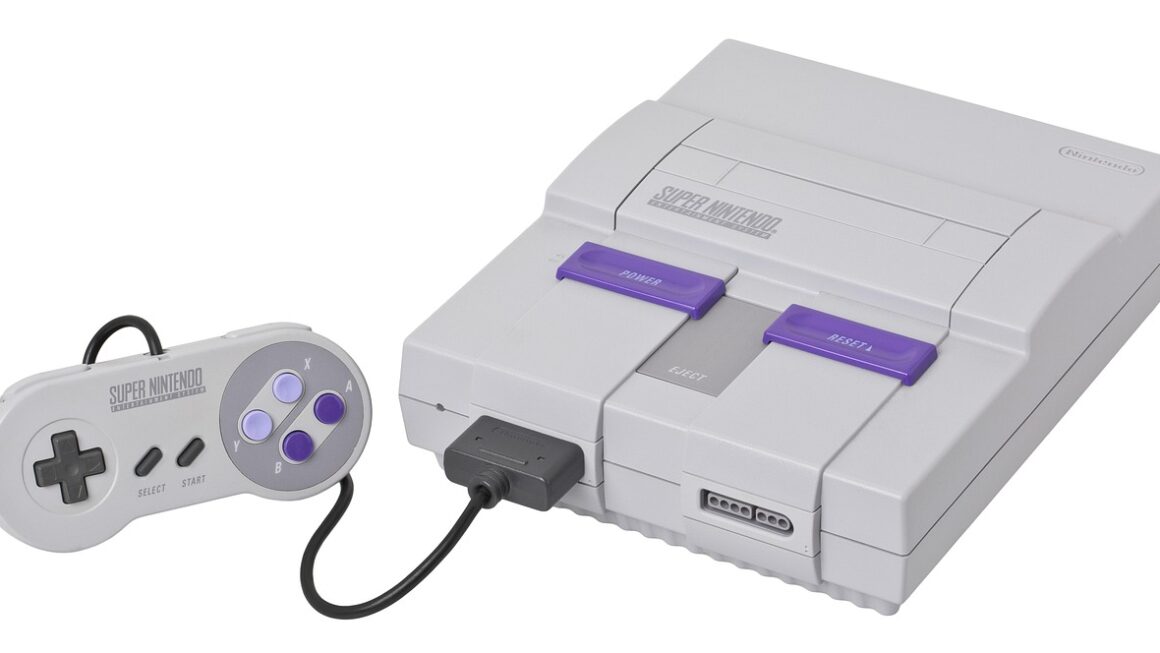Game publishers are the unsung heroes of the gaming industry, often working behind the scenes to bring your favorite titles to life. They provide crucial funding, marketing expertise, and distribution networks that allow game developers to focus on what they do best: creating compelling gameplay experiences. But what exactly do game publishers do, and why are they so important? This comprehensive guide will delve into the world of game publishing, exploring its various facets and highlighting its significance in the video game ecosystem.
What Do Game Publishers Do?
Game publishers are more than just financiers; they are multifaceted organizations that oversee a game’s entire lifecycle, from initial concept to long-term support. Their responsibilities are diverse and crucial for a game’s success.
Funding and Financial Support
- Providing Capital: Publishers provide the necessary funding for game development, covering salaries, software licenses, marketing campaigns, and more. This financial backing is often essential for independent developers and smaller studios.
- Managing Budgets: They oversee and manage the development budget, ensuring resources are allocated efficiently and that the project stays on track financially.
- Risk Assessment: Publishers assess the potential success of a game, considering factors like market trends, target audience, and development team capabilities before investing. They take on significant financial risk, especially with AAA titles. For instance, developing a AAA game can cost tens or even hundreds of millions of dollars.
Marketing and Promotion
- Market Research: Conducting thorough market research to identify the target audience and understand their preferences.
- Branding and Positioning: Creating a strong brand identity for the game and positioning it effectively in the market.
- Advertising Campaigns: Developing and executing comprehensive advertising campaigns across various channels, including online advertising, social media marketing, and traditional media.
- Public Relations: Managing public relations efforts to generate buzz and secure positive media coverage.
- Community Management: Building and maintaining a strong community around the game through social media, forums, and events.
Distribution and Sales
- Retail Distribution: Arranging for the physical distribution of the game to retailers worldwide, including negotiating shelf space and managing inventory.
- Digital Distribution: Distributing the game digitally through platforms like Steam, PlayStation Network, Xbox Live, and Nintendo eShop.
- Sales and Revenue Tracking: Monitoring sales performance and revenue streams to identify areas for improvement and optimize pricing strategies.
Legal and Regulatory Compliance
- Intellectual Property Protection: Protecting the game’s intellectual property rights through copyright and trademark registration.
- Compliance with Regulations: Ensuring that the game complies with all applicable laws and regulations, including content ratings and data privacy laws.
- Contract Negotiation: Negotiating contracts with developers, distributors, and other partners.
Types of Game Publishers
Game publishers come in various shapes and sizes, each with its own focus and approach. Understanding the different types can provide insight into their roles and strategies.
Major Publishers (AAA Publishers)
- Characteristics: These are the industry giants, responsible for publishing the biggest and most expensive games. They have vast resources and global reach.
- Examples: Activision Blizzard, Electronic Arts (EA), Ubisoft, Take-Two Interactive.
- Focus: Publishing high-budget, AAA titles with broad appeal and significant marketing campaigns. These publishers often own multiple development studios.
Independent Publishers (Indie Publishers)
- Characteristics: These publishers specialize in supporting independent game developers, often providing funding and marketing assistance in exchange for a share of the revenue.
- Examples: Devolver Digital, Annapurna Interactive, Raw Fury.
- Focus: Publishing innovative and unique games from smaller, independent studios. They often prioritize creativity and originality over mass-market appeal.
Mobile Game Publishers
- Characteristics: These publishers focus exclusively on mobile games for smartphones and tablets. They often specialize in free-to-play games with in-app purchases.
- Examples: Zynga, Supercell, Playrix.
- Focus: Publishing engaging and addictive mobile games with strong monetization strategies.
Hybrid Publishers
- Characteristics: These publishers combine elements of major and independent publishers, supporting both AAA and indie titles.
- Examples: Paradox Interactive, Focus Entertainment.
- Focus: Publishing a diverse range of games, from large-scale strategy titles to smaller, more experimental projects.
How Game Publishers Choose Games
The process by which game publishers select which games to publish is complex and involves careful evaluation. They consider a wide range of factors to maximize their chances of success.
Market Analysis
- Identifying Trends: Analyzing current market trends to identify genres and themes that are popular with gamers.
- Competitor Analysis: Evaluating competing games to assess market saturation and identify opportunities for differentiation.
- Target Audience: Understanding the target audience for the game and ensuring that it aligns with their interests and preferences.
Game Concept and Design
- Originality and Innovation: Assessing the originality and innovation of the game concept. Does it offer something new and exciting to players?
- Gameplay Mechanics: Evaluating the quality and appeal of the game’s gameplay mechanics. Is it fun and engaging to play?
- Visual Appeal: Considering the visual style and graphics of the game. Are they visually appealing and consistent with the overall theme?
Development Team
- Experience and Track Record: Evaluating the experience and track record of the development team. Have they successfully completed projects in the past?
- Team Capabilities: Assessing the team’s skills and expertise in relevant areas, such as programming, art, and design.
- Communication and Collaboration: Evaluating the team’s ability to communicate and collaborate effectively with the publisher.
Financial Projections
- Development Costs: Estimating the total cost of developing the game, including salaries, software licenses, and marketing expenses.
- Sales Projections: Forecasting the potential sales of the game based on market analysis and competitor performance.
- Profitability: Calculating the potential profitability of the game based on development costs and sales projections.
The Future of Game Publishing
The game publishing landscape is constantly evolving, driven by technological advancements, changing consumer preferences, and the rise of new platforms.
Digital Distribution
- Dominance of Digital: Digital distribution continues to dominate the market, with more and more players choosing to download games rather than purchase physical copies.
- Subscription Services: Subscription services like Xbox Game Pass and PlayStation Plus are becoming increasingly popular, offering players access to a library of games for a monthly fee.
- Cloud Gaming: Cloud gaming services like Google Stadia and Nvidia GeForce Now are emerging as a new way to play games, allowing players to stream games to their devices without the need for powerful hardware.
Emerging Technologies
- Virtual Reality (VR) and Augmented Reality (AR): VR and AR technologies are creating new opportunities for immersive and interactive gaming experiences.
- Blockchain and NFTs: Blockchain technology and NFTs (Non-Fungible Tokens) are being explored as a way to create unique and valuable digital assets within games.
- Artificial Intelligence (AI): AI is being used to enhance game development processes, create more realistic and dynamic game worlds, and improve player experiences.
Changing Business Models
- Free-to-Play (F2P): The free-to-play model continues to be popular, particularly in the mobile gaming market, with games monetized through in-app purchases and advertising.
- Games as a Service (GaaS): Games as a service is a business model where games are continuously updated with new content and features, generating ongoing revenue through subscriptions and microtransactions.
- Crowdfunding: Crowdfunding platforms like Kickstarter and Indiegogo are enabling independent developers to raise funds directly from players, bypassing traditional publishers.
Conclusion
Game publishers are vital to the health and growth of the gaming industry. They provide the financial resources, marketing expertise, and distribution networks that allow game developers to bring their creative visions to life. By understanding the different types of publishers, their roles, and the factors they consider when choosing games, you can gain a deeper appreciation for the complex and dynamic world of game publishing. As the industry continues to evolve, game publishers will need to adapt to new technologies and changing consumer preferences to remain competitive and successful.



